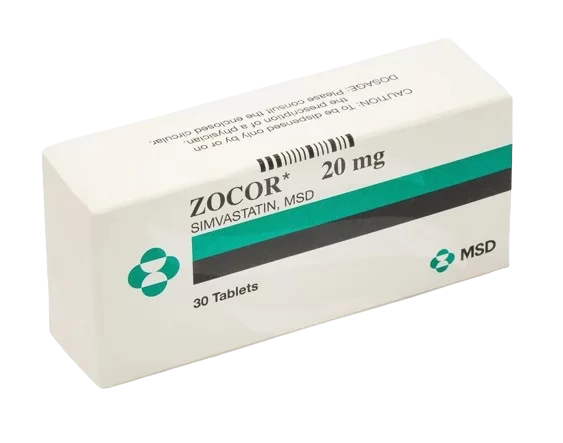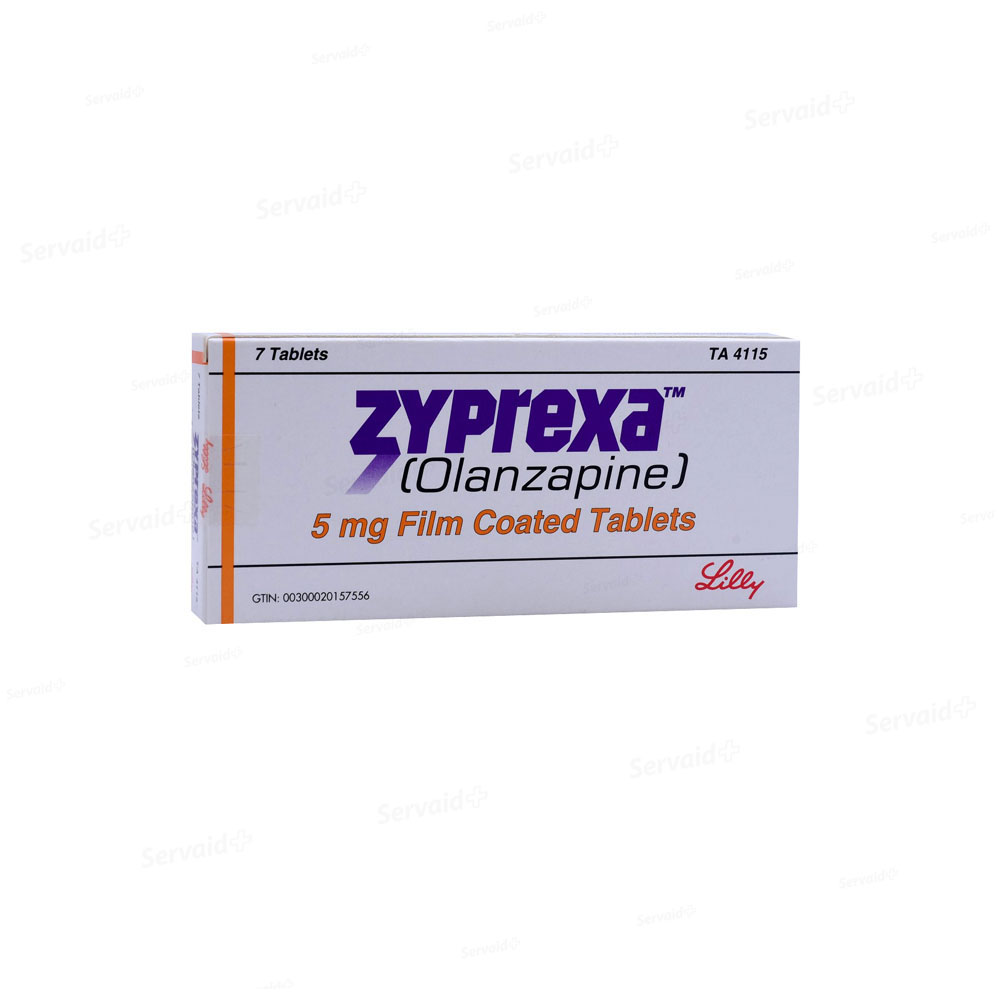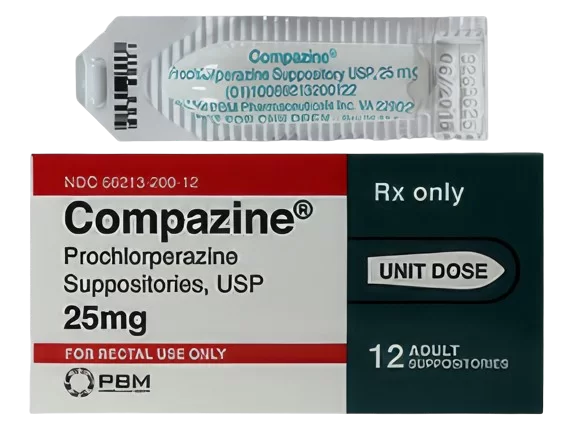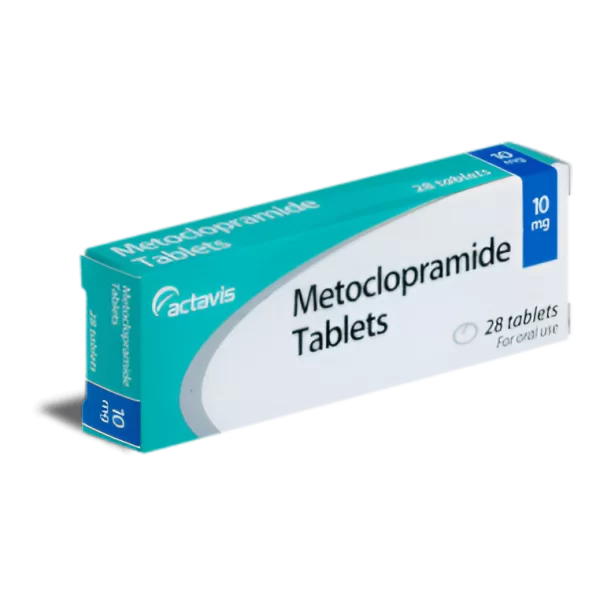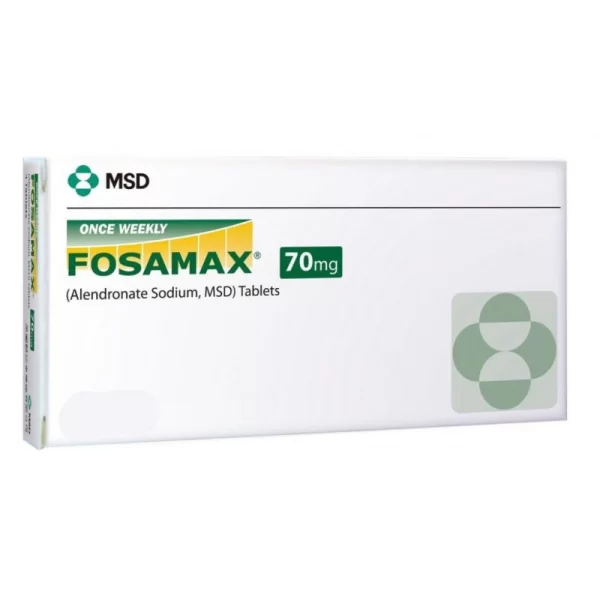
Fosamax
Fosamax - 70mg
| Product | Per Pill | Savings | Per Pack | Order |
|---|---|---|---|---|
| 30 pills | $7.62 | $228.69 | Buy Now | |
| 60 pills | $5.39 | $134.16 | $457.38 $323.22 | Buy Now |
| 90 pills | $4.64 | $268.33 | $686.07 $417.74 | Buy Now |
| 120 pills | $4.27 | $402.49 | $914.76 $512.27 | Buy Now |
Fosamax - 35mg
| Product | Per Pill | Savings | Per Pack | Order |
|---|---|---|---|---|
| 30 pills | $3.66 | $109.80 | Buy Now | |
| 60 pills | $2.84 | $49.41 | $219.60 $170.19 | Buy Now |
| 90 pills | $2.56 | $98.82 | $329.40 $230.58 | Buy Now |
| 120 pills | $2.42 | $148.23 | $439.20 $290.97 | Buy Now |
| 180 pills | $2.29 | $247.05 | $658.80 $411.75 | Buy Now |
| 270 pills | $2.20 | $395.28 | $988.20 $592.92 | Buy Now |
Overview of Fosamax (Alendronate)
Brief Description of the Drug
Fosamax, known by its generic name alendronate, is a bisphosphonate medication used to prevent and treat osteoporosis in postmenopausal women and men. It is also prescribed for the treatment of osteoporosis caused by glucocorticoid use and to treat Paget's disease of bone. Fosamax works by inhibiting bone resorption, thereby increasing bone mineral density and reducing the risk of fractures. It is available in tablet and oral solution forms, making it convenient for long-term use.
History of Development and Approval
Fosamax was developed by Merck & Co. and received approval from the U.S. Food and Drug Administration (FDA) in 1995. Since its introduction, it has been widely used due to its effectiveness in managing osteoporosis and preventing fractures. Extensive clinical trials and research have confirmed its safety and efficacy.
Key Benefits and Useful Properties
Key Benefits
- Bone Density Improvement: Increases bone mineral density, reducing the risk of fractures.
- Fracture Prevention: Proven to reduce the incidence of spine and hip fractures.
- Long-Term Use: Suitable for long-term management of osteoporosis.
- Convenient Administration: Available in weekly and daily dosing options to suit different patient needs.
Unique Properties
Fosamax is distinguished by its ability to bind to hydroxyapatite in bone, inhibiting osteoclast activity and bone resorption. This mechanism allows for effective prevention of bone loss and improvement in bone density. Its long half-life in bone tissue provides sustained benefits with less frequent dosing.
Effectiveness
Comparison with Similar Medications
- Proven Efficacy: Extensive clinical evidence supporting its effectiveness in increasing bone density and reducing fracture risk.
- Flexible Dosing: Available in both daily and weekly dosing regimens.
- Cost-Effectiveness: Generally more affordable compared to newer osteoporosis treatments.
Safety and Tolerability
General Information on Safety and Tolerability
Fosamax is generally well-tolerated when used as directed. Common side effects include gastrointestinal issues such as stomach pain, constipation, and acid reflux. Serious side effects may include osteonecrosis of the jaw and atypical femur fractures. Regular monitoring by a healthcare provider is essential to ensure safety and efficacy.
Indications for Use
Diseases and Conditions Treated
Fosamax is prescribed for the prevention and treatment of various bone-related conditions, including:
- Postmenopausal Osteoporosis: To prevent and treat bone loss in postmenopausal women.
- Osteoporosis in Men: To increase bone density and reduce fracture risk in men.
- Glucocorticoid-Induced Osteoporosis: To treat osteoporosis caused by long-term use of glucocorticoids.
- Paget’s Disease of Bone: To manage abnormal bone remodeling and strengthen bones.
Symptoms Indicating Use
Patients experiencing symptoms of bone loss, such as frequent fractures, back pain, and height loss, may benefit from Fosamax. It is particularly effective for individuals at high risk of fractures due to osteoporosis.
Dosage and Administration
Recommended Dosage for Adults
The dosage of Fosamax varies depending on the condition being treated:
- Osteoporosis: Typically, 70 mg once weekly or 10 mg once daily.
- Paget’s Disease: Usually, 40 mg once daily for six months.
Dosage for Children
Fosamax is not commonly prescribed for children. Pediatric dosing should be guided by a healthcare provider, with careful monitoring for side effects and efficacy.
Dosage for Elderly Patients
Elderly patients typically follow the same dosing regimen as adults but should be monitored closely for side effects due to potential comorbidities and increased sensitivity to the medication.
Optimal Timing of Administration
Fosamax should be taken first thing in the morning, at least 30 minutes before the first food, beverage, or other medication of the day. This timing ensures optimal absorption and effectiveness.
Frequency of Administration
Fosamax is typically administered once weekly or once daily, depending on the prescribed regimen. Consistent administration is crucial for maintaining therapeutic drug levels and achieving optimal clinical outcomes.
Impact of Food on Efficacy
Food, beverages (other than plain water), and other medications can significantly reduce the absorption of Fosamax. Patients should wait at least 30 minutes after taking Fosamax before consuming any food, drink, or other medications.
Pharmacological Action
Mechanism of Action
Alendronate, the active ingredient in Fosamax, works by inhibiting osteoclast-mediated bone resorption. By binding to hydroxyapatite in bone, alendronate prevents osteoclasts from breaking down bone tissue, leading to increased bone mineral density and strength.
Molecular and Cellular Targets
Alendronate targets osteoclasts, the cells responsible for bone resorption. By inhibiting these cells, Fosamax reduces bone turnover and loss, helping to maintain or increase bone density.
Metabolic Pathways
Alendronate is not metabolized in the liver and is excreted unchanged in the urine. Its long half-life in bone tissue allows for sustained effects on bone density and strength.
Biochemical Changes
Inhibition of osteoclast activity by alendronate leads to reduced bone resorption and turnover. This results in increased bone mineral density, reduced risk of fractures, and overall improved bone health.
Physiological Effects
By reducing bone resorption and increasing bone density, Fosamax helps strengthen bones, prevent fractures, and improve overall skeletal health. Patients may experience fewer fractures, improved mobility, and better quality of life.
Composition
Active Ingredient
The active ingredient in Fosamax is alendronate sodium. It is available in tablet and oral solution forms, with strengths ranging from 5 mg to 70 mg.
Inactive Ingredients
Inactive ingredients in Fosamax tablets may include cellulose, lactose, magnesium stearate, and starch. These ingredients aid in the formulation and stability of the medication.
Role of Each Component
Alendronate acts as the primary agent in preventing bone resorption, while inactive ingredients ensure proper formulation, stability, and absorption of the medication.
Side Effects
Common Side Effects
Common side effects of Fosamax include gastrointestinal issues such as stomach pain, constipation, diarrhea, gas, and acid reflux. These side effects are usually mild and may decrease with continued use of the medication.
Rare Side Effects
Rare side effects may include osteonecrosis of the jaw, atypical femur fractures, severe muscle, joint, or bone pain, and esophageal ulcers. Patients should seek medical attention if they experience symptoms such as jaw pain, severe bone pain, or difficulty swallowing.
Serious Side Effects
Serious side effects requiring immediate medical attention include signs of osteonecrosis of the jaw (pain, swelling, or infection of the jaw), severe bone, joint, or muscle pain, atypical femur fractures, and severe gastrointestinal issues (esophageal ulcers or bleeding).
Frequency and Severity
Most side effects are mild and occur early in the treatment. Serious side effects are rare but warrant close monitoring by a healthcare provider. Regular follow-up appointments can help manage and mitigate these risks, ensuring safe and effective use of Fosamax.
Prevention of Side Effects
General Precautions
To minimize side effects, patients should follow the prescribed dosage and administration instructions carefully. It is important to take Fosamax with a full glass of water and remain upright for at least 30 minutes to reduce the risk of esophageal irritation and ulcers.
Recommendations for Better Tolerability
Using Fosamax as directed and maintaining regular follow-up appointments with a healthcare provider can improve tolerability. Patients should be educated on the importance of adhering to the prescribed treatment regimen and monitoring their response to the medication. Drinking plenty of water and avoiding lying down immediately after taking the medication can help reduce gastrointestinal side effects.
Contraindications
Conditions and Diseases
Fosamax is contraindicated in patients with known hypersensitivity to alendronate or any of its components. It should not be used in patients with abnormalities of the esophagus, such as stricture or achalasia, that delay esophageal emptying. Patients with hypocalcemia or severe renal impairment should also avoid Fosamax.
Explanation of Contraindications
Alendronate may exacerbate certain conditions, such as esophageal disorders and renal impairment, due to its effects on the gastrointestinal tract and renal excretion. Hypersensitivity reactions can cause severe allergic responses, making it crucial to assess a patient's medical history and allergies before prescribing Fosamax.
Warnings and Precautions
Potential Risks
Patients should be monitored for signs of gastrointestinal issues, renal impairment, and changes in bone health. Regular blood tests may be required to monitor renal function and calcium levels. Caution is advised in patients with a history of gastrointestinal disorders, renal disease, or low calcium levels.
Safety Measures
Regular monitoring by a healthcare provider, starting with a low dose, and adjusting as needed can help mitigate risks. Patients should be instructed to report any symptoms of gastrointestinal issues, severe bone or muscle pain, or signs of osteonecrosis of the jaw.
Missed Dose
Immediate Actions
If a dose is missed, take it as soon as remembered unless it is almost time for the next dose. Do not take two doses on the same day. If taking Fosamax weekly, take the missed dose the next morning and then return to the regular schedule.
Preventive Strategies
Using reminders and keeping a consistent schedule can help prevent missed doses. Patients can set alarms, use medication reminder apps, or keep a medication diary to track their doses.
Drug Interactions
Interacting Medications
Fosamax may interact with various medications, including calcium supplements, antacids, and certain pain medications. These interactions can either reduce the efficacy of Fosamax or increase the risk of side effects. It is essential to inform the healthcare provider of all medications being taken to avoid potential interactions.
Effects of Interactions
These interactions can affect the absorption and efficacy of Fosamax or the concomitant medications. For instance, calcium supplements and antacids can reduce the absorption of Fosamax if taken simultaneously. Monitoring for side effects and adjusting dosages may be necessary to manage these interactions.
Avoiding Interactions
Inform the healthcare provider of all medications being taken to avoid potential interactions. Patients should not start, stop, or change the dosage of any medicines without their healthcare provider’s approval. It is recommended to take Fosamax at least 30 minutes before any other medications or supplements.
Overdose
Symptoms of Overdose
Symptoms of overdose may include severe gastrointestinal issues such as stomach pain, nausea, vomiting, and esophageal irritation. Seek emergency medical help if an overdose is suspected. Supportive measures and symptomatic treatment are recommended.
Immediate Actions
Seek emergency medical help if an overdose is suspected. Supportive measures and symptomatic treatment are recommended. Drinking a full glass of milk or taking calcium supplements may help bind alendronate in the stomach. Activated charcoal may be administered if the overdose is recent.
Pharmacokinetics
Absorption
Alendronate is poorly absorbed from the gastrointestinal tract, with an oral bioavailability of approximately 0.6% for the 70 mg dose when taken after an overnight fast and at least 2 hours before breakfast.
Distribution
Alendronate is rapidly distributed to bone, where it binds to bone mineral. It is not significantly distributed into other tissues, and plasma protein binding is low.
Metabolism
Alendronate is not metabolized in the liver and is excreted unchanged in the urine. Its long half-life in bone tissue allows for sustained effects on bone density and strength.
Elimination
The half-life of alendronate in bone is approximately 10 years, reflecting its strong binding to bone tissue. It is excreted unchanged in the urine, with renal clearance accounting for most of its elimination.
Dosage Forms
Available Forms and Dosages
Fosamax is available in tablet form (5 mg, 10 mg, 35 mg, 40 mg, and 70 mg) and as an oral solution (70 mg/75 ml). These various forms and dosages allow for flexible and tailored treatment approaches based on patient needs and tolerability.
Benefits of Different Forms
The availability of multiple strengths of Fosamax tablets and oral solution makes it suitable for various patient preferences and clinical situations. Different formulations allow for precise dosing adjustments based on therapeutic response and individual patient needs.
Pregnancy and Breastfeeding
Safety During Pregnancy
Fosamax should be used during pregnancy only if the potential benefit justifies the potential risk to the fetus. There is limited data on the use of Fosamax in pregnant women, and animal studies have shown adverse effects on the fetus. Pregnant women should discuss the potential risks and benefits with their healthcare provider before starting treatment.
Safety During Breastfeeding
It is not known whether alendronate is excreted in human milk. Due to the potential for adverse reactions in nursing infants, a decision should be made whether to discontinue breastfeeding or discontinue the drug, considering the importance of the drug to the mother. Breastfeeding mothers should consult their healthcare provider to weigh the potential risks and benefits.
Storage Conditions
General Recommendations
Store Fosamax at room temperature between 20°C to 25°C (68°F to 77°F). Keep the medication in its original container, tightly closed, and out of reach of children and pets.
Specific Storage Instructions
Fosamax tablets and oral solution should be stored in a cool, dry place away from direct sunlight and moisture. Store according to the manufacturer's instructions to protect the medication from light and moisture.
Expiry and Stability
Check the expiration date on the package and do not use Fosamax past the expiration date. Proper storage ensures the medication remains effective and safe to use. Dispose of expired or unused medication according to local regulations to prevent accidental exposure or misuse.
Clinical Trials and Efficacy
Overview of Clinical Studies
Fosamax has undergone extensive clinical trials to evaluate its safety and efficacy in treating osteoporosis and Paget’s disease of bone. These studies included randomized, double-blind, placebo-controlled trials involving thousands of patients worldwide.
Results and Findings
Clinical trials have shown that Fosamax significantly increases bone mineral density and reduces the risk of spine and hip fractures in patients with osteoporosis. Patients treated with Fosamax demonstrated better outcomes in terms of bone density and fracture prevention compared to those receiving a placebo.
Comparative Studies
Studies comparing Fosamax with other bisphosphonates have shown that Fosamax provides effective bone density improvement and fracture prevention with a favorable safety profile. Its flexible dosing options and extensive clinical evidence make it a preferred choice for many healthcare providers.
Conclusion
Summary of Key Points
Fosamax is an effective bisphosphonate for preventing and treating osteoporosis and Paget’s disease of bone. Its ability to inhibit osteoclast activity and increase bone mineral density provides significant benefits for patients at risk of fractures. The medication is generally well-tolerated, with a well-documented safety profile.
Recommendations
For optimal results, patients should follow their healthcare provider's instructions regarding dosage and administration. Regular monitoring and follow-up appointments are essential to ensure the medication's effectiveness and manage any side effects. Patients should maintain a healthy lifestyle, including a balanced diet and regular exercise, to support overall bone health while on Fosamax therapy.
Final Thoughts
Fosamax significantly improves the quality of life for patients with osteoporosis and Paget’s disease by effectively managing symptoms and reducing the risk of fractures. With its proven efficacy and safety, Fosamax remains a trusted choice for healthcare providers and patients in the management of various bone health conditions.

